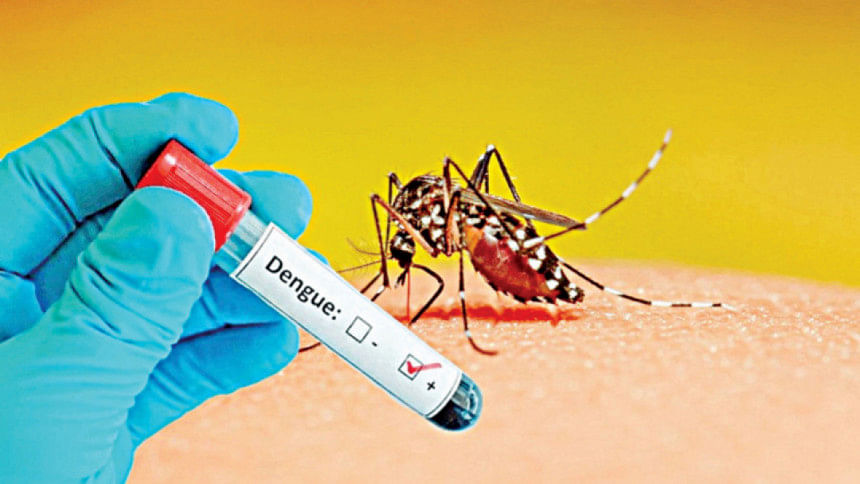
The latest All India Rural Financial Inclusion Survey by NABARD reveals a significant rise in the proportion of rural households relying on agriculture, climbing from 48% in 2016-17 to 57% in 2021-22. Agriculture’s share of the employed labor force, which had declined after the 1980s, rose to 46.5% during the pandemic, reinforcing rural dependence on agriculture.
Today, with a 46.1% employment share in 2023-24, it is clear that agriculture remains the backbone of India’s rural economy, and any future for the sector must adapt to the challenges of climate change. Climate Change: An Imminent Threat to Agriculture According to the Intergovernmental Panel on Climate Change (IPCC) , the world is on the brink of surpassing a critical 1.
5°C increase in global temperatures compared to pre-industrial levels. This threshold, once breached, will lead to irreversible ecological damage, biodiversity loss, and heightened vulnerability to extreme weather events. For India—dependent on monsoons, with small landholdings and limited technological penetration—climate change poses an existential threat to agricultural productivity and rural livelihoods.
India’s agricultural model, while robust, is uniquely vulnerable. Climate change-induced disruptions in monsoon patterns and the unpredictability of rainfall increasingly threaten crop yields. The Himalayan states, particularly Jammu and Kashmir, have already experienced these effects.
Research indicates that erratic weather has severely impacted the fertile Karewa belt, reducing yields of mustard, apricots, and other crops. Glacial melt, delayed snowfall, and rising temperatures have diminished water availability, impacting not only crop production but also food security. Agriculture’s Contribution to Climate Change While agriculture faces climate threats, it is also a contributing factor to global warming.
India’s status as the largest rice exporter—accounting for 40% of the world’s rice trade and holding a 65% share in Basmati exports—comes with environmental costs. Rice paddies, which are flooded for cultivation, create ideal conditions for methane release due to anaerobic decomposition of organic matter underwater. Methane, being 25 times more potent as a greenhouse gas than CO2, accelerates global warming.
Further, India’s livestock industry, releases considerable methane during digestion, adding to the agricultural sector’s greenhouse gas footprint. Stubble burning, especially in northern India, further aggravates the issue. Stubble burning releases PM2.
5 and PM10 particles, stripping soils of nutrients and depleting organic carbon, compromising long-term soil health. The Supreme Court has repeatedly emphasized that stubble burning infringes on the right to life under Article 21, given its detrimental effects on air quality and soil health. The Impact of Climate Change on Crop Yields Studies by the IPCC warn that global crop yields could decrease by 10-25% by 2050 due to rising temperatures and frequent weather disruptions.
While certain crops, like soybeans, may thrive under these conditions, staples like wheat and barley face serious risks. Extended heatwaves escalate water demands and pest infestations, which are already observed in maize crops, where pests such as the maize stalk borer thrive in warmer temperatures, reducing yield and farmer income. Food security, particularly in developing nations, is increasingly endangered, as climate change pressures food availability, alters food prices, and raises input costs for farmers.
Need for Climate-Resilient Agriculture India must prioritise climate-resilient agriculture, leveraging sustainable practices that enhance productivity while reducing greenhouse gas emissions. Climate-smart agriculture (CSA), which integrates crop, soil, and water management with a focus on adaptability, offers viable solutions. Policy Support and the Role of Governance Policies like the National Mission for Sustainable Agriculture (NMSA) , aligned with India’s commitments to the Paris Agreement, highlight the government’s emphasis on building a climate-resilient agricultural framework.
The National Action Plan on Climate Change also calls for implementing State Action Plans that tailor climate responses to region-specific challenges. However, while policy frameworks are in place, robust implementation and finance are critical. Ensuring access to climate insurance through schemes like the Pradhan Mantri Fasal Bima Yojana can also mitigate financial risks associated with crop loss.
Conclusively, India’s agricultural sector stands at a crossroads. With nearly half of the country’s rural population reliant on agriculture, there is an urgent need to bolster climate-resilient farming practices. India’s future in agriculture—one that ensures food security, economic stability, and rural resilience—depends on our capacity to adapt swiftly, sustainably, and inclusively.
By: Haya Qazi.














